May 21, 2025 | 03:25 GMT +7
May 21, 2025 | 03:25 GMT +7
Hotline: 0913.378.918
May 21, 2025 | 03:25 GMT +7
Hotline: 0913.378.918
That the value of the yen has plummeted against the dollar was viewed as beneficial to the Japanese economy since exports are promoted.
Since payment contracts are priced in U.S. dollars, Japanese goods are more competitive on international markets, and exporters will gain higher profits.
Due to the fact that the majority of Japanese firms have shifted their production overseas over the past several years, the weakening of the yen is no longer able to stimulate exports as effectively as it once did.
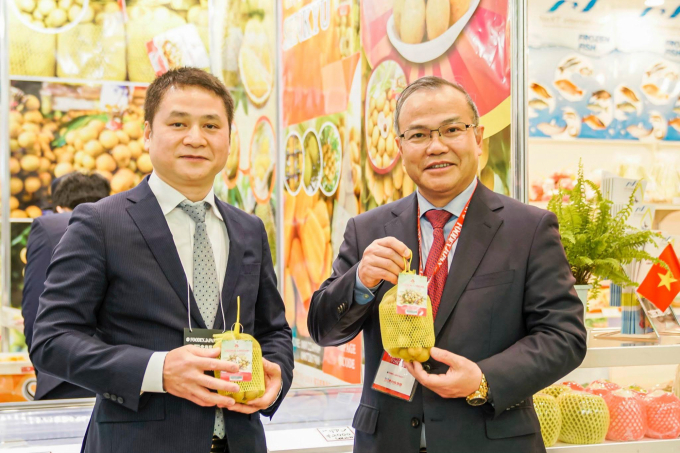
Vietnamese Ambassador to Japan Vu Hong Nam (right) and Mr. Ta Duc Minh, Trade Counsellor of Vietnam in Japan promote Vietnamese agricultural products in Japan.
According to the Bank of Japan (BOJ), Japan's import price index, based on corporate transactions, jumped about 30% over the past year due to the surge in prices of natural and raw materials while the import price index only climbed by 10%.
Everything has changed and the impact of the loosening value of the yen is becoming clearer than ever, especially for households.
The weakening yen, surging oil price due to the Russia-Ukraine conflict, and China’s Zero-Covid policy has resulted in production cost rising, pushing up the prices of selling products and prices of essential goods escalating on a daily basis.
Production prices in Japan increased by 9.5% this March against that of the same period last year. This is the thirteenth consecutive month that inflation in production raged on. Production costs went up for all commodities: F&B (3.8% against 3.5% in February), traffic equipment (2% against 1.9%), chemicals (13.2% against 13%), oil, petroleum and coal (27.5% against 34.3%), colored metal (23.5% against 25%), machinery in general (2.7% against 2.2%), steel products (6.6% against 6.1%)…
Besides, according to BOJ, Japanese households are increasingly dependent on imports. Imported products account for 34% of consumer durables such as home appliances and furniture both increased 1.7 times from a decade earlier. The ratio for food, clothing, and other consumer goods is 1.4 times higher.
Amidst the economic crisis with the salary being unimproved, rising prices for basic necessities put a strain on household budgets.
In long term, the purchasing power is reduced and Japanese consumers may tend to select more affordable products among imports with similar quality and uses.
Japan's market of more than 126 million people has a high demand for imports and consumption of foreign agro-fishery goods and foods, including fish, fish-processed products, shrimp, eal, meat and meat-processed products, soybeans, cereal, fresh and processed vegetables, and coffee, among others.
Vietnam is recognized as a strong producer of the aforementioned goods and has the capacity to supply the Japanese market effectively. The export turnover of Vietnam's agro-fishery group to Japan reached USD 1.8 billion in 2021, a decrease of 0.5% from 2020. Although the group's primary force, seafood, had a 7.4 percent decrease, the remainder of the items exhibited significant growth, including coffee (up 25.5%), vegetables (up 20%), cashew nuts (up 39%), and pepper (up 56%), etc.
Some Vietnamese vegetables, such as dragon fruit, mango, durian, coconut, and thieu lychee, account for a lion's share of the market.
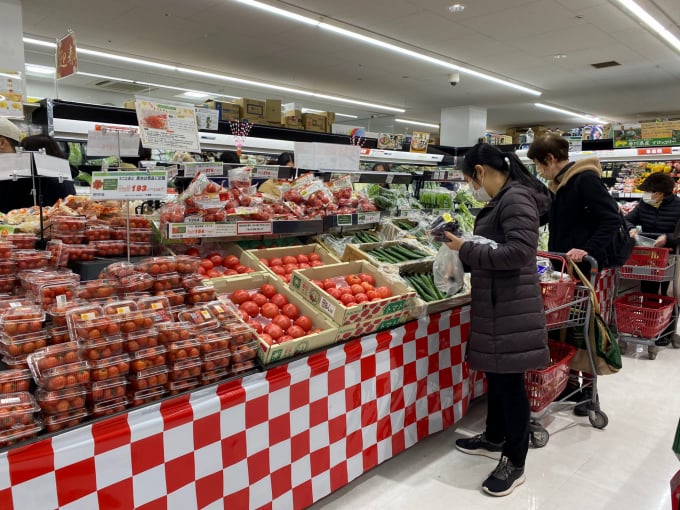
In the long run, with reduced purchasing power, Japanese consumers may be inclined to choose cheaper products.
However, Vietnam's agroforestry-fishery goods only account for a small fraction of Japan's import structure in 2021. Chinese fresh and frozen vegetables accounted for 49.5 percent, while Vietnamese fresh and frozen vegetables accounted for only 1.3 percent; fruits 2.7 percent (Philippines 18.9 percent); coffee 14.7 percent (Brazil 30.1 percent); pepper 25 percent (Malaysia 34.7 percent); cashew nuts 42.3 percent (India 55.2 percent); processed fish and seafood 8.8 percent (Mauritania 33.2 percent); shrimp 19.4 percent (India 21.4 percent); squid and octopus 9. (Canada 30.1 percent)...
Increased import costs for foreign goods into Japan would result in widespread difficulties for exporting nations, particularly Vietnam.
However, there is also potential for Vietnamese businesses to replace foreign or even Japanese local products if they can guarantee quality at a cheaper price.
Although Vietnam's agro-fisheries goods and foods have considerable export potential in Japan, Vietnamese businesses must also take into account certain market features for effective and sustained export and sales.
First, firms should focus on the quality and variety of their products. For a market that is demanding and requires high standards, such as Japan, it is hard for Vietnamese products to penetrate into Japan and it is harder to capture the market and expand the market share.
Businesses must establish a close link from production to consumption, ensuring the synchronous and thoroughness from cultivation, farming, production and processing, handling, preservation, transportation, and export for Vietnamese products to be of the highest quality when delivered to Japanese consumers; at the same time, Vietnamese agricultural and aquatic products - food requires a variety of flavors and improvements to packaging design to attract the attention of consumers.
Japanese customers are sensitive to continual price fluctuations, thus Japanese importers always place a premium on the price and supply volume consistency of their Vietnamese partners. In addition, branch and product marketing should be prioritized; concurrently, Vietnamese agricultural and aquatic goods - food require a range of flavors and changes in package design to attract customers.
Translated by Linh Linh
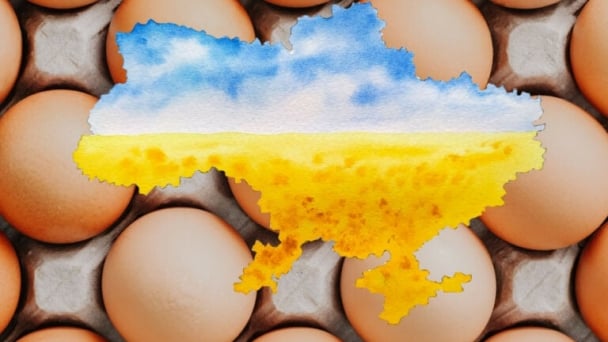
(VAN) Oliyar, a prominent Ukrainian oil and fat manufacturer, has revealed plans to build a farm for 2.3 million laying hens in the Lviv region. The additional production quantities promise to change the competitive landscape of the egg market of the Eastern Europe region.
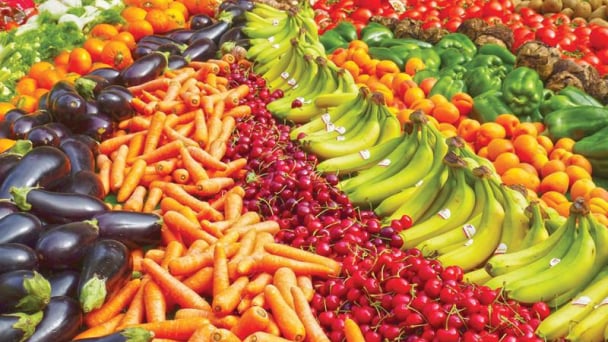
(VAN) On May 15, Ministry of Agriculture and Environment of Vietnam hosted the 'Connecting Vietnam - Germany agricultural, forestry and fishery trade' seminar in Berlin, Germany.
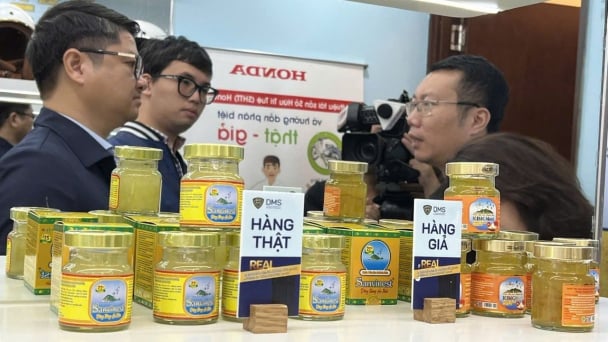
(VAN) In the face of counterfeit and imitation products, Khanh Hoa Salanganes Nest Company hopes for the prompt completion of the legal framework, strict enforcement against violations, and protection of the bird’s nest brand.
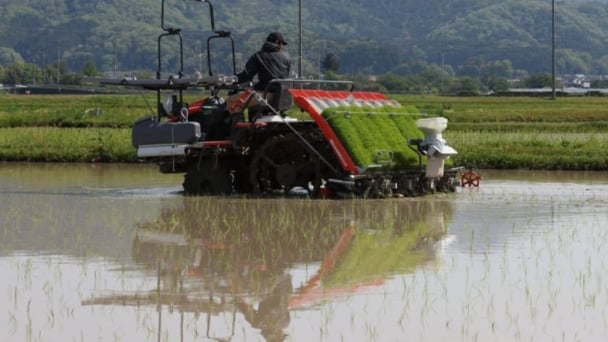
(VAN) Japan's efforts to lower the price of rice through the release of its stockpile may finally be making some progress, albeit at a snail's pace.
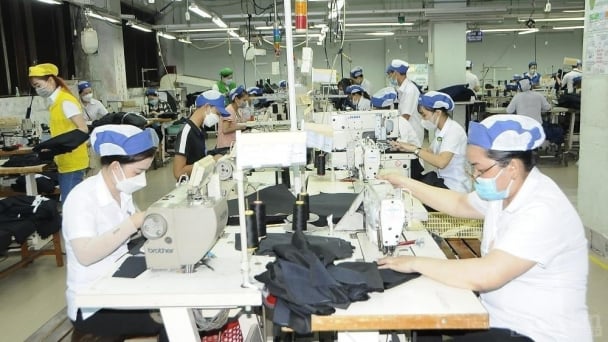
(VAN) U.S. tariffs are not only a 'shock', but also an opportunity for Vietnamese businesses to renew their mindset toward comprehensive development.

(VAN) As Bac Giang lychee enters the harvest season, Minister Do Duc Duy expects that the fruit will contribute greatly to agricultural exports due to standardized production and deep processing.
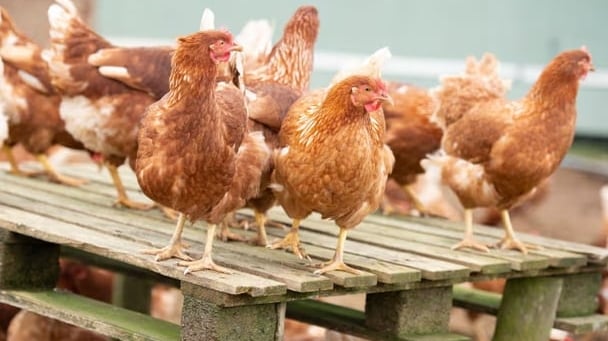
(VAN) Consumers have shown a preference for free-range eggs, but those farming systems are more vulnerable to biosecurity risks like bird flu.